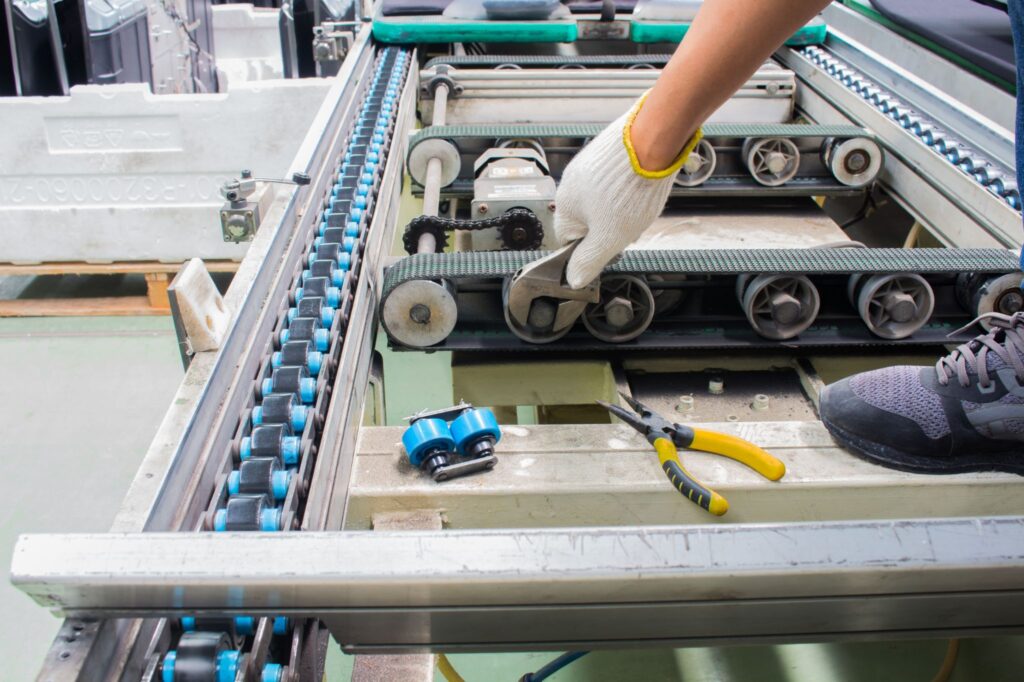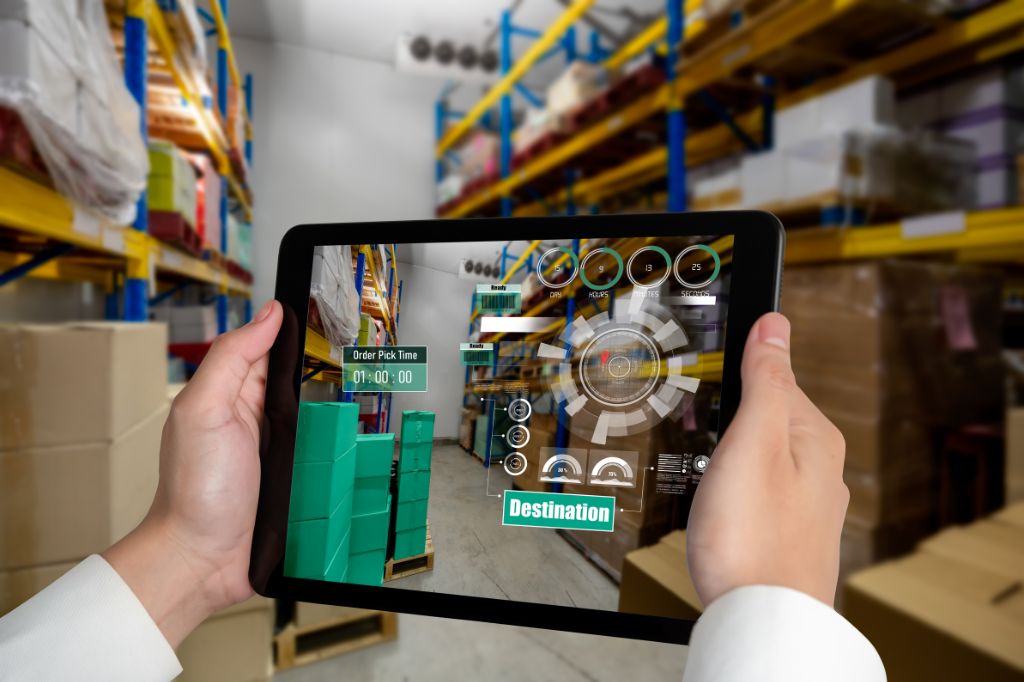
Visual inspection of conveyor belts
Reading time: < 3 minutesA regular visual inspection can be key to keeping your conveyor belts in optimal condition.
Below, we detail the key steps for performing an effective visual inspection, the recommended frequency, and the benefits of carrying it out.
Key steps to perform an effective visual inspection
- Preparation and safety: Before starting the inspection, make sure the system is turned off and locked out to avoid any unexpected movement.
- Belt inspection: Check the surface of the belt, looking for signs of wear, cracks, or cuts.
- Tension check: Verify that the belt is correctly tensioned. Incorrect tension can lead to slippage.
- Alignment: Ensure the belt is properly aligned, as misalignment can cause uneven wear and damage.
- Rollers and pulleys inspection: Check these elements to prevent any signs of wear or misalignment.
- Check belt cleanliness : Make sure the parts in contact with the belt are clean, as dirt and other substances can accumulate.
Recommended frequency for visual inspection
The frequency of inspections depends on various factors, such as the type of application, the environment in which the belt operates, the load size, and usage frequency.
Some belts operate in more demanding environments, with extreme heat or heavy products. Depending on these impact factors, a higher or lower frequency will be determined.
Benefits of regular visual inspection for preventive maintenance
- Early problem detection before they become major failures, allowing for planned repairs and avoiding unplanned downtime.
- Reduced downtime, which translates into increased productivity and operational efficiency.
- Cost savings by detecting and addressing issues early.
- Increased component lifespan, optimizing investment in equipment.
- Improved safety and reduced risk of accidents, ensuring a safer work environment for employees.



